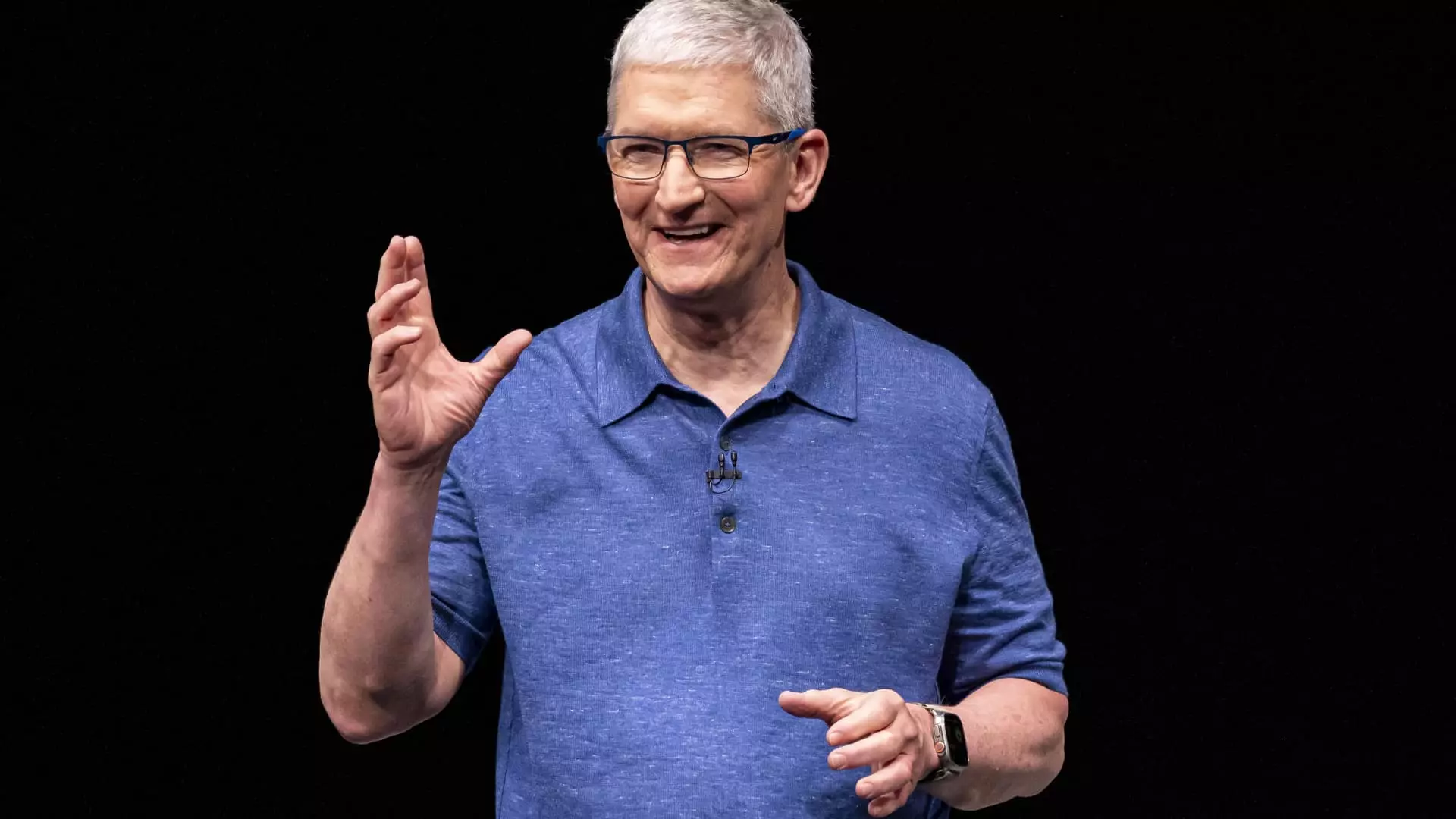Apple has once again refreshed its MacBook Pro lineup, unveiling new models on Wednesday that promise faster performance and enhanced capabilities, especially in the context of artificial intelligence (AI). This update could be one of the company’s final major hardware announcements for the year, signaling a transition that could redefine how users interact with their devices.
Central to the latest MacBook Pro offerings is the introduction of Apple’s new M4 chip. Variants like the M4 Pro and M4 Max are available for specific models, boosting computational power significantly. Apple has claimed that these chips are 1.8 times faster than the previous M1 chip, which was integral to the MacBook Pro line in 2021. This documentation of enhanced speed not only showcases Apple’s continuous innovation but also highlights the shifting landscape in which consumers demand more from their computing devices.
The advancements in the M4 chip are particularly compelling when considering the increasing complexity of applications and the need for rapid processing. As AI becomes an integral component of personal computing, users will benefit from improved computational resources that can handle sophisticated tasks efficiently. This recalibration towards performance makes the new MacBook Pro an attractive choice for professionals and creators who regularly engage with demanding software.
A notable update in this series is the standardization of RAM across the Mac lineup—Apple has upped the baseline to a minimum of 16GB across all new models. Until now, entry-level Macs frequently offered 8GB, which may have constrained users’ experiences, particularly those working with memory-intensive applications. Doubling the RAM is a significant paradigm shift, as more memory facilitates better multitasking capability and positions the computers to work efficiently with substantial AI programs.
This transition is particularly crucial given the anticipated capabilities of Apple Intelligence, the company’s integrated AI system designed for generating text, graphics, and even emojis. With increased memory availability, users will likely experience smoother interactions with these AI features, further enhancing the utility of the MacBook Pro for diverse tasks ranging from creative work to data analysis.
The strategic decision to prepare the Mac lineup for future AI functionalities suggests that Apple is positioning itself at the forefront of the tech giants embracing AI’s potential. Although Mac revenue lags behind the iPhone and wearables sectors, the computers remain a backbone for Apple’s software ecosystem—applications developed for iPhones are crafted on Mac systems. Therefore, advancements in the MacBook Pro are not just about hardware; they underline Apple’s commitment to evolving its entire ecosystem to embrace the AI paradigm.
Apple’s recent surge in Mac sales, reportedly reaching $7 billion in the last quarter, indicates a robust user base eager for upgrades and innovations. With the new models launching at a price range between $1,599 for the 14-inch version and $2,499 for the 16-inch variant, alongside options for the enhanced M4 Pro chip starting at $1,999, Apple is potentiating its sales further, capitalizing on the demand for high-performance devices.
In addition to processing advancements, the new MacBook Pro models feature a notable upgrade in their videoconferencing capabilities, equipped with a 12-megapixel camera. In an age where remote work and virtual meetings have become commonplace, this enhancement not only reflects changing user needs but also indicates Apple’s awareness of the realities of hybrid work environments.
Furthermore, the promise of up to 24 hours of battery life for certain models underlines a commitment to longevity—an important factor for professionals who rely on their machines to work on the go. This balance of performance and practicality can make the new MacBook Pro models key players in the laptops market.
Apple’s latest release of the MacBook Pro exemplifies a strategic alignment with the evolving landscape of personal computing. By enhancing processing speed with the M4 chip, standardizing RAM to support AI functionalities, and improving camera capabilities, Apple has crafted devices that are set to meet the demands of modern users. As the tech giant prepares for the future, the new MacBook Pro models put them at the nexus of innovation, performance, and practicality. The launch on November 8 marks a promising chapter for both Apple and its users, signaling a future where AI integration is central to the user experience.


Leave a Reply